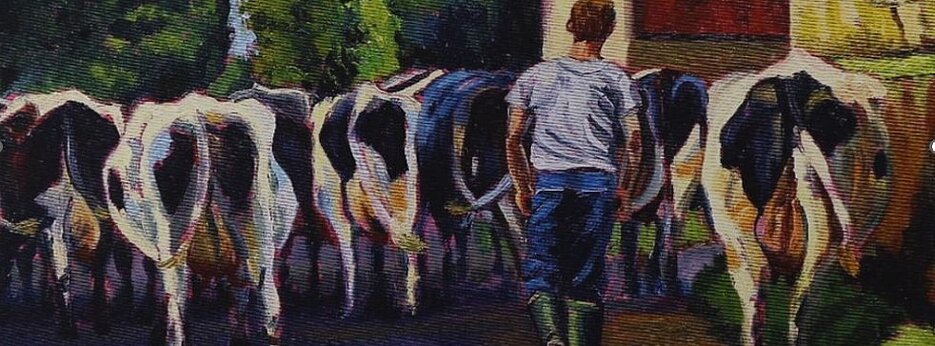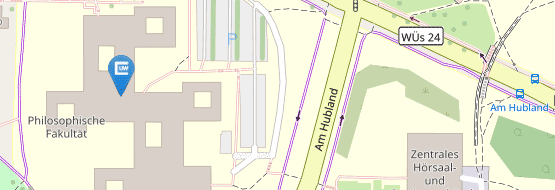Call for Papers
25.08.2023The Animal in Ireland, Real and Imagined: An International and Interdisciplinary Symposium Irish cultural identity has been closely identified with the animal from the beginning of recorded history and beyond. Irish mythology and folklore, like all traditional lore, feature nonhuman animals, hybrid human-nonhuman beings, and tales of metamorphosis between the two. The international symposium “The Animal in Ireland, Real and Imagined” addresses these and other questions from an interdisciplinary perspective. Please send 250-300 word abstracts of proposed papers with 150 word bios to irishstudies@uni-wuerzburg.de and maureen.oconnor@ucc.ie by 15 October 2023. Please use “Irish Animal” as the subject line. Selected contributions will be included in a forthcoming publication. This symposium is organised by Maureen O’Connor, Ina Bergmann, Maria Eisenmann and Kirsten Sandrock.
University of Würzburg, Germany
21-23 February 2024
The Animal in Ireland, Real and Imagined: An International and Interdisciplinary Symposium
Call for Papers
Irish cultural identity has been closely identified with the animal from the beginning of recorded history
and beyond. Irish mythology and folklore, like all traditional lore, feature nonhuman animals, hybrid
human-nonhuman beings, and tales of metamorphosis between the two. Warm familiarity with and
respectful honouring of the nonhuman animal has been a part of Irish culture from pre-Christian times
when wealth and status were measured in cattle, and the gods regularly assumed the form of deer, hares,
boars, ravens, and wolves. Animals were not only central to pre-Christian cultural production, but also
frequently appeared in early Christian texts, evident in the writings of ninth-century monks, in poems like
“Pangur Bán” and “The Hermit’s’ Wish” (that he could be like a bird), and in the illuminations that make
the Book of Kells an enduring object of fascination.
One of the oldest surviving manuscripts in Irish
literature is The Book of the Dun Cow (c.1100), a title evoked by John Connell’s best-selling memoir of 2018, The Cow Book: A Story of Life on the Family Farm. However, this close affinity with animals helped rationalise the centuries-long tradition of representing the Irish as themselves not fully human, especially by English occupiers and colonisers. The longstanding predominance of the rural in defining Irish culture and “authentic” Irish identity has also contributed to the development of a conflicted attitude toward the nonhuman, implicitly associated with both the humiliations of colonial occupation and the embarrassing survival of cartoonish images of thick, bumpkin “Paddy,” who enjoyed suspiciously congenial relations
with his pig. In a time of overlapping ecological crises, this conference will consider the ramifying significance of the nonhuman animal in Irish life and culture from multiple perspectives, a return to acknowledging and honouring the interdependence of the human and nonhuman worlds. As Serenella Iovino has suggested, “The fact that literary representations are able to increase our awareness about the relationship between the human and nonhuman worlds, also in terms of moral values, can be understood as a result of such a dynamics of interdependence.”
Contributions are welcome from disciplines across the arts and sciences, including history, philosophy, literature, art history, the study of religions, anthropology, archaeology, ethnology, zoology, education, food sciences, agriculture, heritage studies, ecology, sports studies, Utopian studies, geography, media studies, and the social sciences. Possible topics include, but are not limited to:
• Queering the Irish animal
• Gender and the nonhuman animal in Irish culture production across media
• The nonhuman animal and sectarian identity
• The animalised Irish in political cartoons from the Victorian era through the Troubles
• Farming practices from pastoralism and transhumance to intensive dairy and meat production
• Controversies in Irish sports, such as hunting, fishing, coursing, greyhound and horse racing
• The animal in Irish folklore
• The Great Hunger and Irish animals
• Irish humour and the nonhuman animal
• Lived and imagined narratives of forgotten Irish “critters,” such as insects, bacteria, and viruses
• The animal corpse in the Irish imaginary
• Important figures in the modern history of advocacy and legislation involving the Irish animal,
such as Richard “Humanity Dick” Martin, Frances Power Cobbe, and George Bernard Shaw
• The history, politics, and aesthetics of Irish dietary practices
• Irish animals in their green and blue environments
The international symposium “The Animal in Ireland, Real and Imagined” addresses these and other questions from an interdisciplinary perspective. Please send 250-300 word abstracts of proposed papers with 150 word bios to irishstudies@uni-wuerzburg.de and maureen.oconnor@ucc.ie by 15 October 2023. Please use “Irish Animal” as the subject line. Selected contributions will be included in a forthcoming publication. This symposium is organised by Maureen O’Connor, Ina Bergmann, Maria Eisenmann and Kirsten Sandrock.



